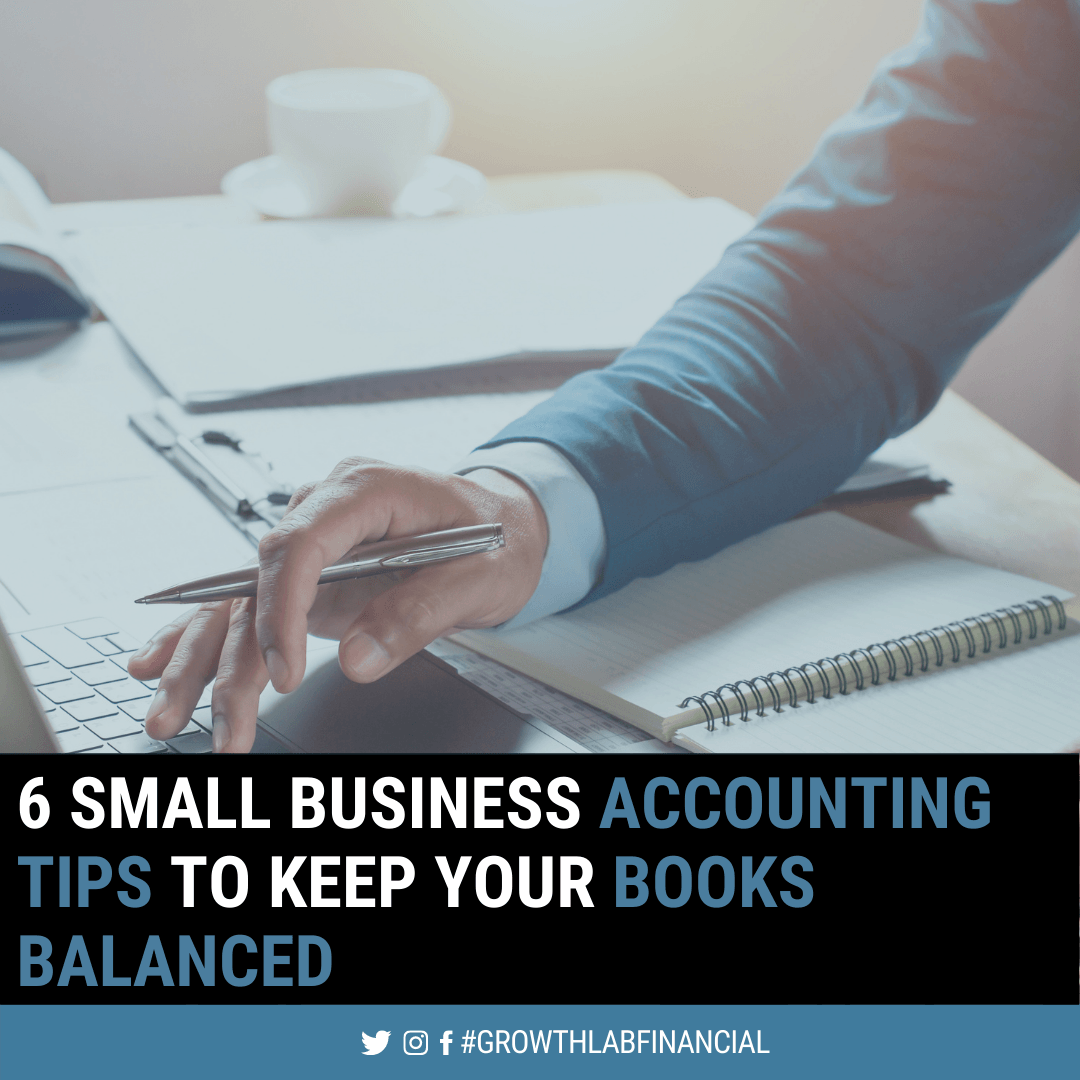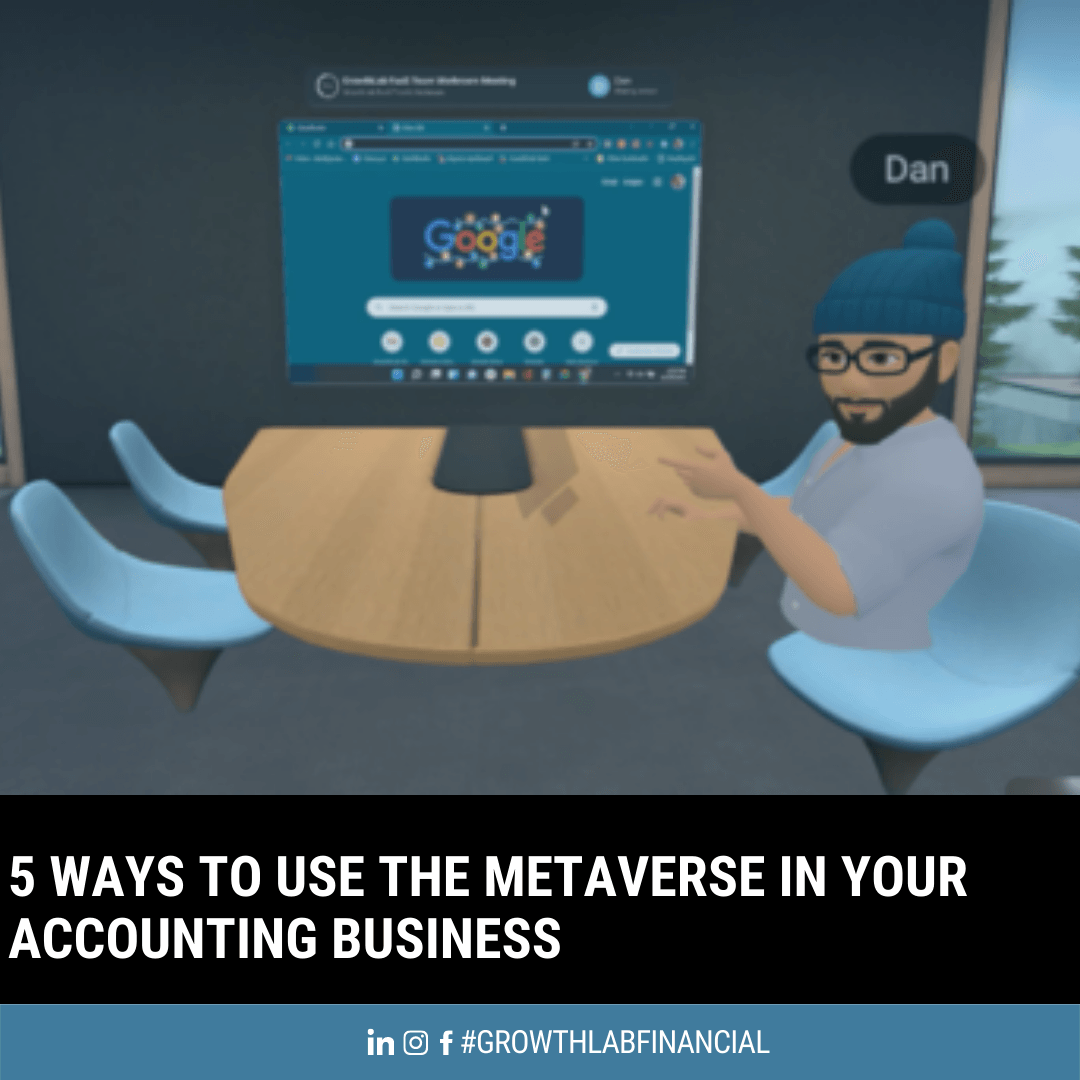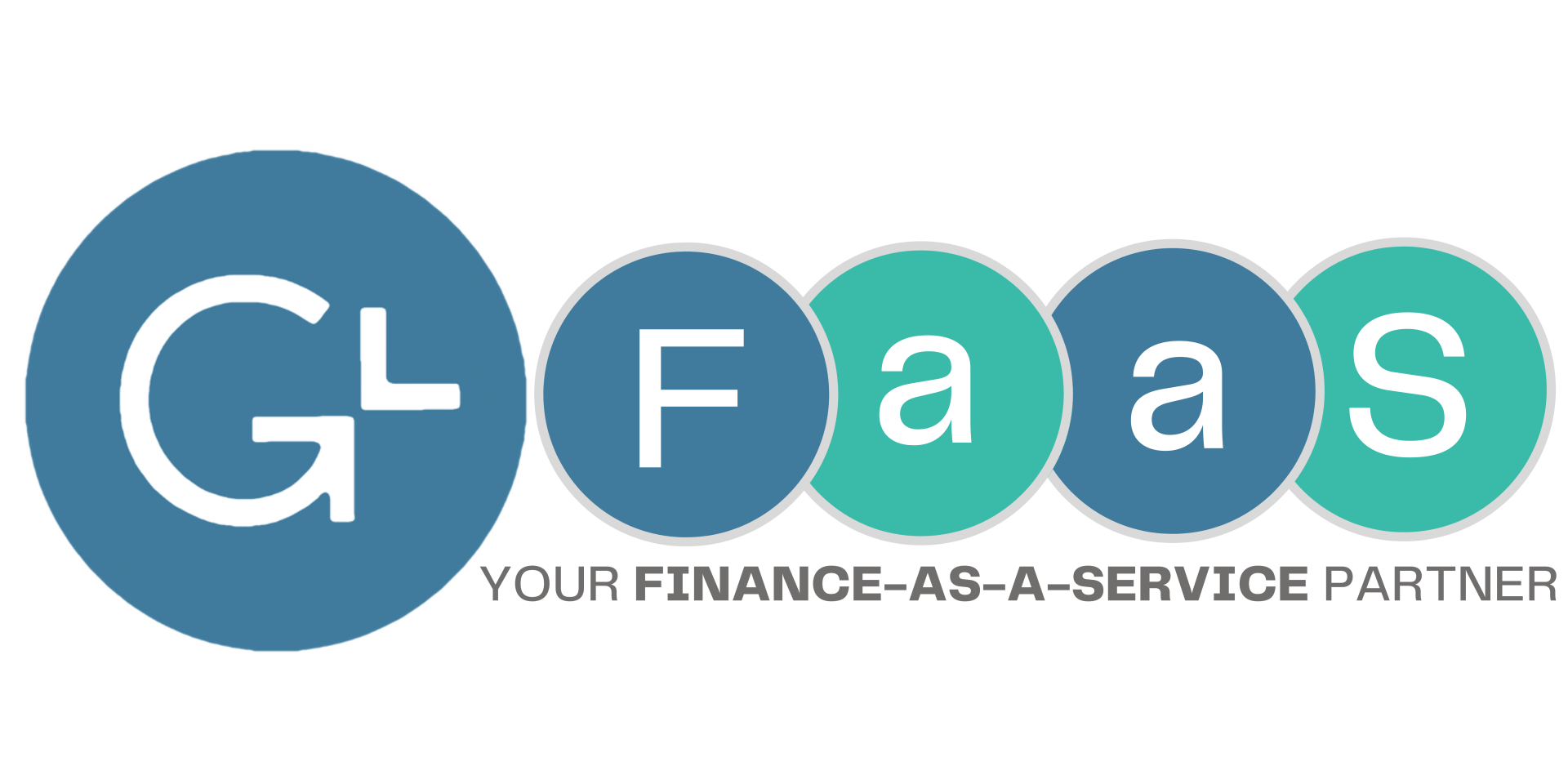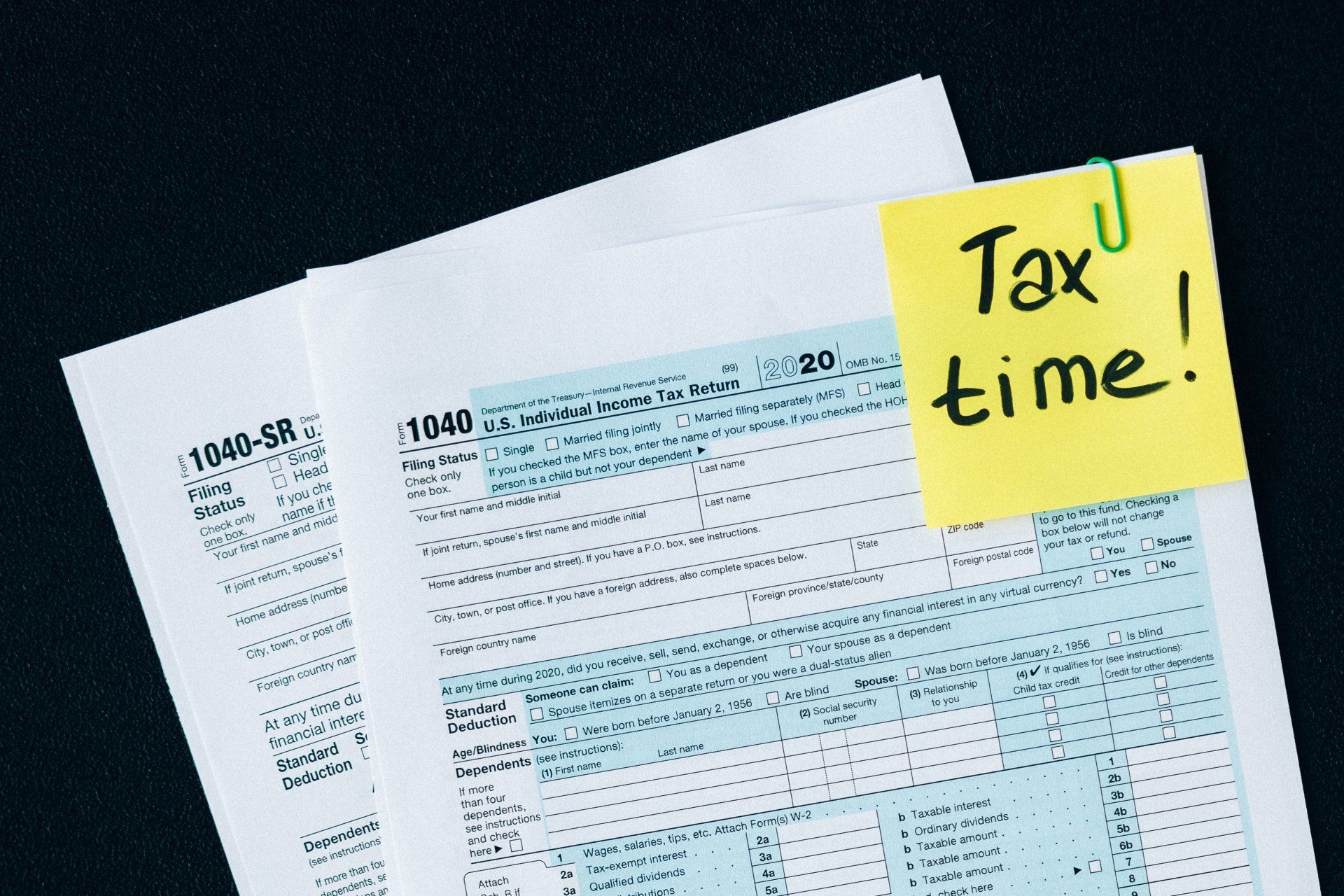What is the Purpose of a Balance Sheet?
What is the Purpose of a Balance Sheet?
A balance sheet is a financial document of the assets, liabilities, and equity of a business at the end of an accounting period. Business owners and investors use them on a regular basis to gauge the general financial health of their organizations. A company's balance sheet also give them a good idea of business liquidity, which is how quickly they can convert assets into cash.
Balance Sheet Formula
Many financial documents indicate performance over a specified period of time. A balance sheet, however, shows what your business owns and owes at a specific time period. It’s main equation is Assets = Liabilities + Equity.
While the short term and long term assets
explain everything that’s yours, the short term and long term liabilities state all the assets that are someone else’s… or everything your company owes. This allows you to see the financial position of your company.
Download our FREE Balance Sheet Template.
Submit the Form Below.
What You’ll Find on a Balance Sheet
Within this financial statement there are two main sections. The first section is intended to outline all of your assets. In most cases, the assets that are the most liquid like cash and cash equivalents will be placed at the very top and less liquid assets such as property will be at the bottom. There will be a “Total Assets” calculation as well to sum everything up.
The second section will include liabilities and equity. If you owe money on loans and credit cards, for example, they will be included here. All of your liabilities will then be added up in a “Total Liabilities” calculation. Following the liabilities will be your equity section, which is the difference between your assets and your liabilities. If this number is positive, it means you have “equity” in the business… aka, if you sold the business today, you (and/or your investors) would be able to walk away with some cash.
How to Use a Balance Sheet
Unlike an income statement, a balance sheet will not show how much money you made or lost. Instead, it’ll give you a quick glimpse of your business health at a specific moment in time. You can’t count on it to understand how you’ve changed over the long term, like you’d be able to with a financial statement or income statement.
What you can do, however, is
compare your latest balance sheet to previous ones. This way you can get an idea of how your finances have improved or worsened and how far you’ve performed since you started your business.
In addition, investors may use it to evaluate your short term financial health. Depending on what it looks like, it may convince them to invest in your business or turn to a competitor instead.
Need Help Navigating Your Balance Sheet? Contact GrowthLab Today
Still curious about what the purpose of a balance sheet is? At GrowthLab, we help small businesses like yours succeed. You can trust us to create accurate financials on your behalf and make recommendations on how you can use them to increase your revenue and meet (or even exceed) your business goals. Contact us at 888.673.8481 for more information.
Looking for more information on managing your financials? Check out some of our resources below!


Check out More of our Recent Content!

GrowthLab is your Finance-as-a-Service partner
that serves Founders and Management Teams with



